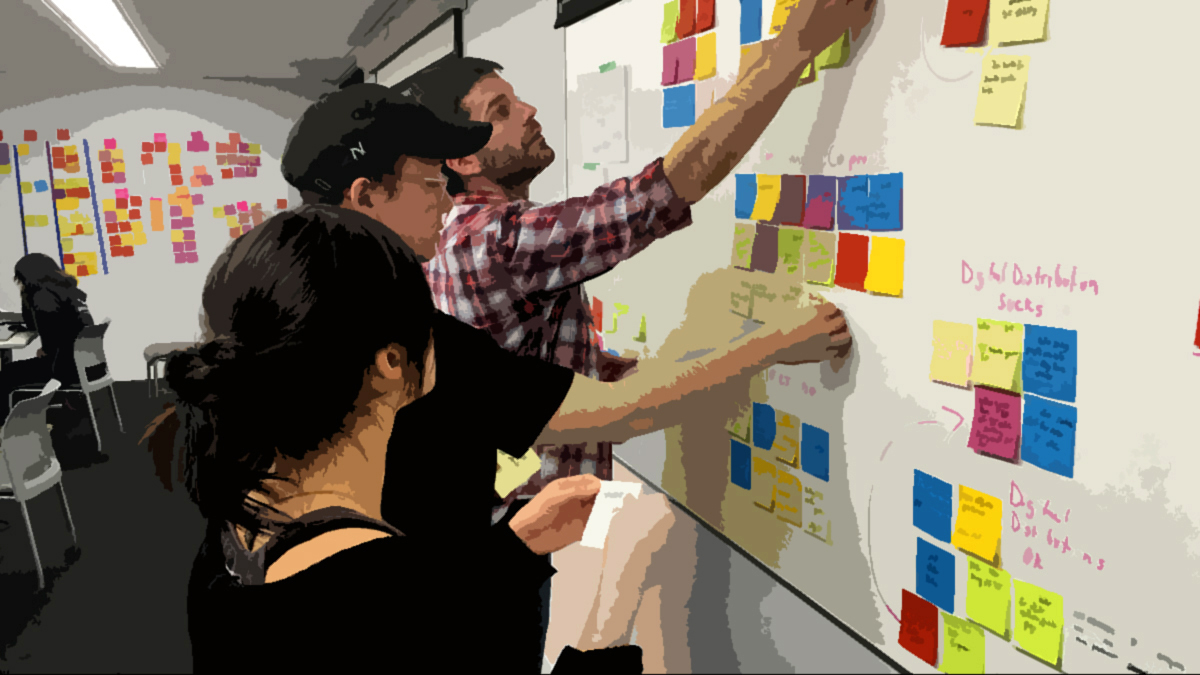Assessing individual and group worker effectiveness in today’s new workplace paradigm.
Status: Completed
Funding Sources: CBE Industry Consortium
Project Objective
Study the impact of team workplace design on worker satisfaction and group collaboration. Conduct a review of existing team workspace design strategies described in the literature, and a detailed analysis of 12 case studies.
Significance to Industry
Team workspace is a specific example of the alternative office that supports the activities of highly interactive, multi-disciplinary teams. A common design approach is to provide dedicated individual offices for concentrated work, combined with nearby shared open areas that support informal group collaboration. This strategy is typically motivated by new work models which emphasize higher levels of interaction and inter-dependency among self-directed workers who are responsible for complex and varied tasks.
This new way of working has called for a new kind of workplace, one that supports teamwork and de-emphasizes status. The workplace can either support or hinder this work process and affect a company’s ability to maintain a leading edge in their market. As a result, organizations around the world are rethinking their work environments either by redesigning existing offices or constructing new workspaces altogether. However, there have been few systematic efforts to quantify the beneficial (or detrimental) effects of these changes in office environments.
Research Approach
Sun Microsystems has incorporated team spaces in many of their office buildings to encourage more frequent, spontaneous, and informal collaboration among their workers. These buildings provided an excellent test site for CBE to investigate the effect of team space on workers’ interaction and satisfaction. A field study of team workspace configurations was conducted in five of Sun Microsystems’ West Coast office buildings. Using a modified version of CBE’s web-based survey tool, we investigated how the workplace design affected the nature and extent of team interaction, while also investigating other potential aspects of shared space such as visual and acoustic privacy, and the ability of building occupants to concentrate.
With the help of Dr. Judith Heerwagen, an environmental psychologist, we developed an overall conceptual framework for the project that builds on existing research and theory in environmental psychology (specifically spatial syntax, communications processes, and the cognitive and social structure of work and teams). Drawing on research in the fields of spatial syntax and communications processes, we evaluated how design features—including layout, degree of enclosure, acoustics, and visual access to people—inhibits or enhances the frequency and effectiveness of team interactions.
Publications and Reports
Brager, G., J. Heerwagen, F. Bauman, C. Huizenga, K. Powell, A. Ruland, and E. Ring, 2000. “Team Spaces and Collaboration: Links to the Physical Environment.” Internal Report, April.

